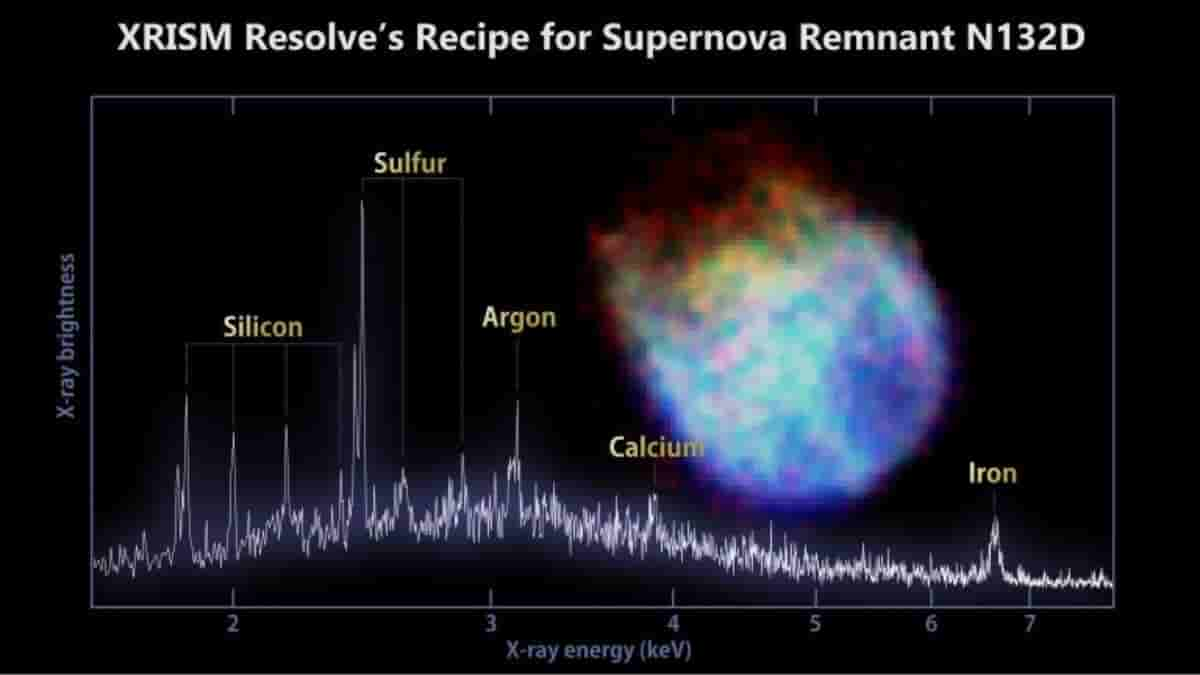First look at X-ray Cosmos through NASA and JAXA’s collaborative XRISM revealed

In recent developments in the world of space technology, the XRISM (X-ray Imaging and Spectroscopy Mission) observatory, led by Japan unveiled a first look at the data that they are looking forward to collecting this year. They shared a snapshot that picturizes the chemical makeup of a cluster of hundreds of galaxies and a spectrum of stellar wreckage in a neighboring galaxy.
Japan Aerospace Exploration Agency launched the XRISM in collaboration with NASA on September 6, 2023. European Space Agency also contributed to the development of the mission.
The XRISM is designed to detect X-rays with energies of up to 12,000 electron volts. The observatory will also do studies of the universe’s hottest regions, largest structures, and objects with the strongest gravity.
The XRISM consists of two instruments. They are the Resolve and Xtend.
Resolve: The Resolve is developed by NASA and JAXA. It is a microcalorimeter spectrometer. The team of XRISM used the Resolve to study N132D, which is a supernova remnant. It is also one of the brightest X-ray sources in the Large Magellanic Cloud, which is a dwarf galaxy situated 160,000 light-years away.
The Resolve spectrum presents peaks that are associated with silicon, sulfur, calcium, argon, and iron.
Xtend: On the other hand, the Xtend is an X-ray imager. It is developed by JAXA. The Xtend is capable of offering a field of view that is 60% larger than the apparent size of the full moon. It captured an X-ray image of Abell 2319, which is a rich galaxy cluster situated 770 million light-years away in the northern constellation Cygnus.
Learn more about the XRISM observatory here.


